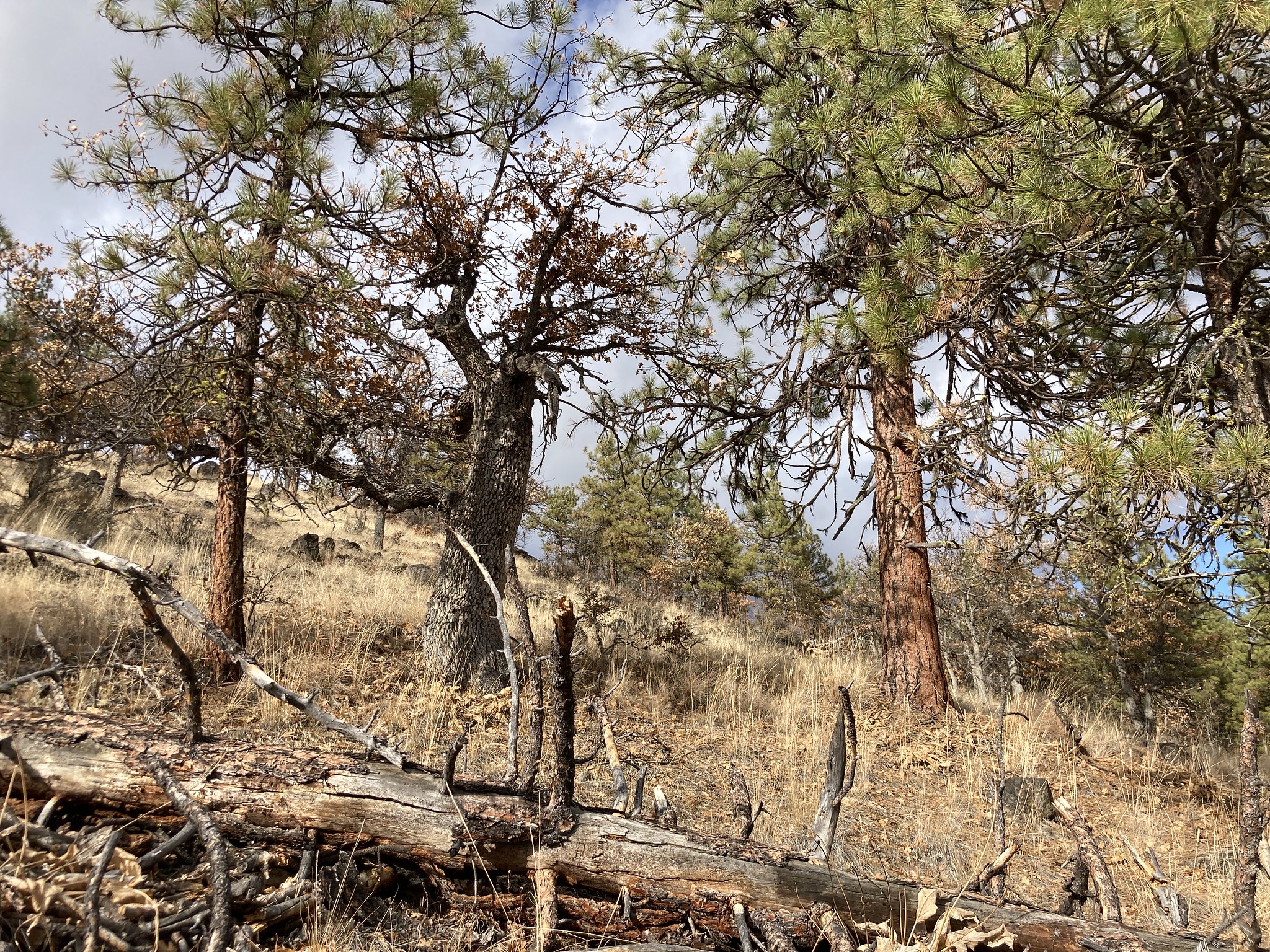27 Road System Fuel Break CE

Project Summary
This project will create a “fuel break” along the 27 Road system north and east of the Badger Creek Wilderness. A Fuel Break CE allows for the reduction of “fuels” (live and dead trees, shrubs, logs, tree leaves/needles, etc.) by hand or with mechanical machinery, application of pesticides and herbicides, and prescribed fire. Fuels reduction may occur in a 1,000ft wide area along an existing “linear feature” (roads, powerlines, pipelines, water infrastructure) with a total area of up to 3,000 acres.
What is a CE? A Categorical Exclusion (CE) is a class of actions that a Federal agency has determined do not individually or cumulatively have a significant effect on the human environment and for which, therefore, neither an environmental assessment nor an environmental impact statement is normally required. Congress gave federal agencies the authority to use the “Fuel Break CE” as part of the 2022 Bipartisan Infrastructure Law.
Proposed Treatments:
[From the USFS Decision Memo] “All areas proposed for treatment will be thinned from below. Thinning from below means that small-diameter trees are thinned first. Diameter size increases as more trees are thinned, until reaching a target basal area. By default, this method prioritizes the retention of the largest trees within the stands. To accomplish this, mechanical and non-mechanical (i.e., hand-crews) methods will be used. These methods include but are not limited to non-commercial thinning, commercial thinning, and fuels treatments (including but not limited to mastication, piling, and prescribed burning). Non-commercial units will be treated with non-commercial thinning and fuels treatments. Commercial unit treatments may include a combination of non-commercial thinning, fuels treatments, and commercial thinning. Trees and other vegetation targeted for removal would be that which is contributing to dense canopies and excessive ladder fuels.”
- Small diameter standing dead or dying trees up to 12 inches diameter-at-breast height (DBH) may be thinned, piled and burned.
- Treatments would reduce densities to approximately 60-80 ft2 per acre basal area.
- Canopy cover as a result of treatment would range from 35-50 percent.
- Where necessary, brush and piling treatments will occur to reduce the existing and activity-created surface fuels.
- Prescribed fire, including underburning and pile burning, will occur where safe and effective to implement.
- Treatments in Riparian Reserves will range from a minimum of 40% to 50% canopy cover according to plant community.
- Within the inner riparian zone of all water body types, trees greater than 10” diameter will not be cut. With exceptions for dead or dying trees, cedar, pacific yew and hardwood tree species greater than 10” diameter will not be cut in the outer riparian zone.
- Road maintenance and repairs will occur as needed along a timber haul route.
- It is expected that approximately 10 miles of temporary roads will be needed to facilitate activities.
- The project includes new temporary roads as well as temporary roads that may be located on previous alignments, such as decommissioned roads.
- All temporary roads will be obliterated as soon as practicable, but no later than three years after the project has been completed. During obliteration, temporary roads are de-compacted or recontoured as needed, which includes having major fills, embankments and areas with higher risk of failure pulled up onto the roadbed and stabilized. Slash and other debris will be placed on the former temporary road surface to prevent un‐authorized motorized use and facilitate natural revegetation.
Associated Files